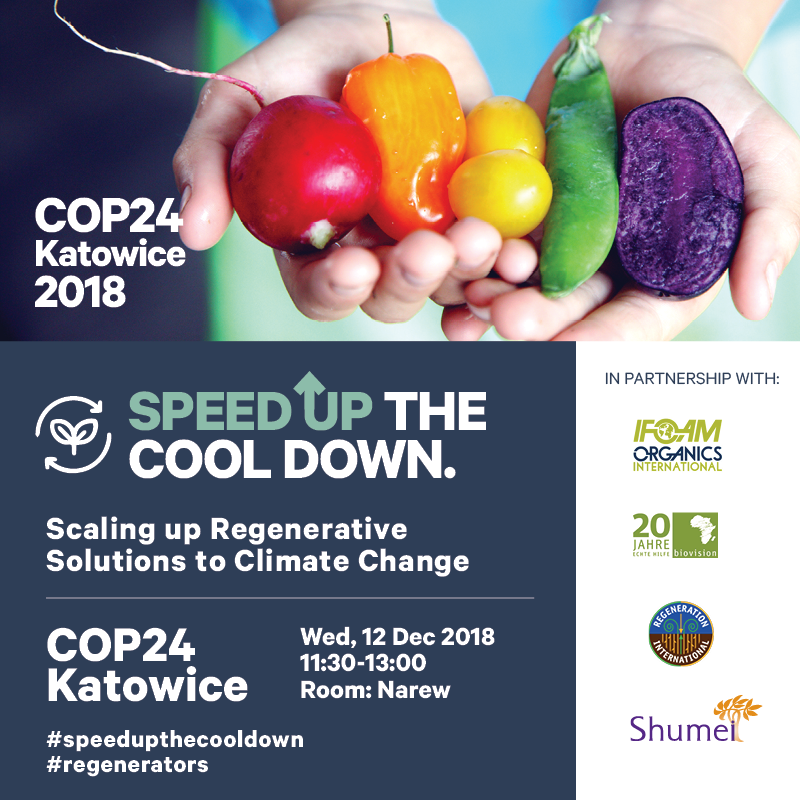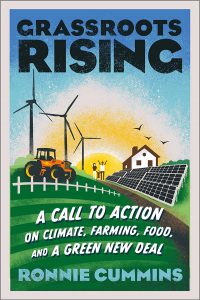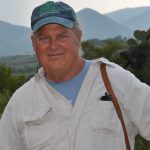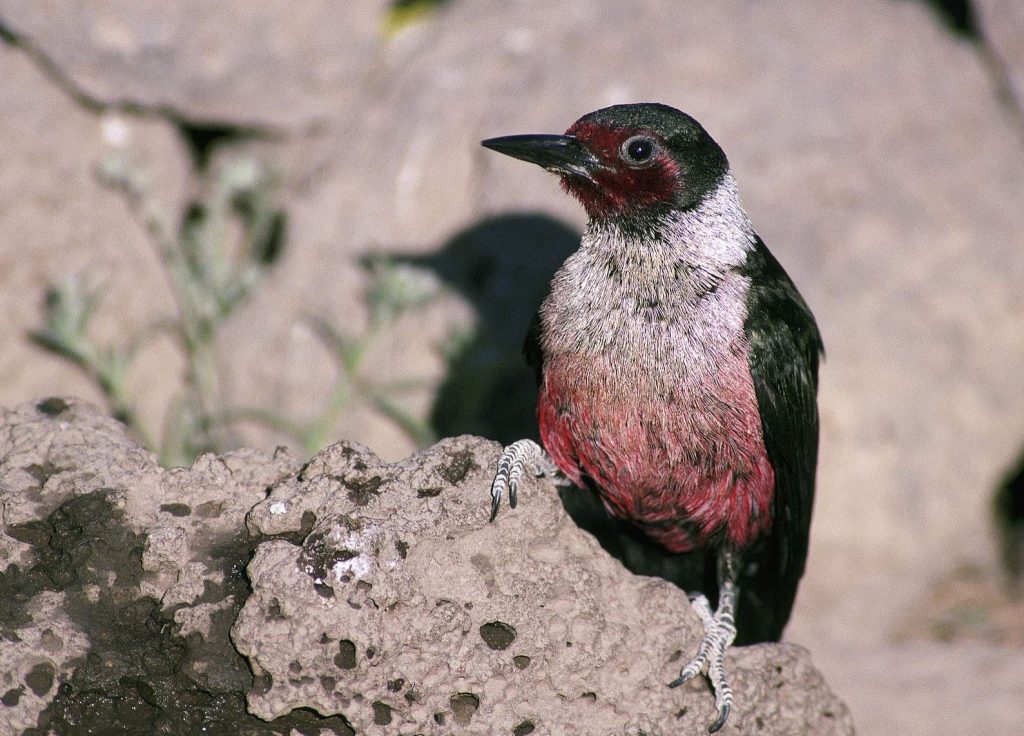Soil Wealth and a Regenerative Green New Deal
“Ultimately, we need to transform finance and shift the flow of investment capital to perpetuate a Regenerative Economy that serves humanity and is a steward of Earth’s ecosystems.” – John Fullerton and Hunter Lovins, “Creating a Regenerative Economy to Transform Global Finance into a Force for Good”
At the present time, trillions of dollars are invested in the industrial, “conventional” global food system, a system with annual sales to consumers of $7.55 trillion. This system is artificially propped up by hundreds of billions of dollars in annual government subsidies, sustaining energy-intensive, chemical-intensive, GMO-driven agriculture and food processing. The massive external costs and damages of the conventional food system—that is, degeneration of the environment, public health, and climate stability—are hidden from citizens, taxpayers, and investors alike (in other words, those who will eventually pay the bill for this collateral damage), with “true costs” never included in the bottom line. If true cost accounting were required, massive amounts of capital would move out of industrial food, farming, and land use into more productive sectors such as organics, holistic grazing, agroforestry, and agroecology. Unfortunately, very little money, relatively speaking, is currently invested in the organic, agroecological, and regenerative sector. According to one recent study, there is already approximately $321 billion invested in regenerative, “soil wealth” enterprises and projects—but that amounts to just a little over 1 percent of current global liquid assets.
Meanwhile, investors, pension managers, mutual funds, sovereign funds, and even so-called ‘green’ or socially responsible funds that have begun to shun fossil fuel investments continue to pour money into climate-degrading, chemical-intensive food, factory farm, and commodity corporations, GMOs, patented seeds, and most recently “Big Data.” In the agribusiness market “Big Data” includes high-tech tools of soil, climate, weather, crop, markets, and chemical inputs analysis, utilizing computers, satellite data, drone photography, sophisticated farm machinery and other techniques to supposedly increase yields and profits on modern farms.
How do those of us who are not fundamentally business-minded nor trained in soliciting investments become more adept and sophisticated in obtaining funding to scale up our regenerative economy? How do we prove to investors that there is a strategic, indeed existential imperative to consider investments that not only are socially responsible and good for the environment but also build the essential new regenerative economy?
Growing up in a decidedly working-class family, spending summers on my grandparents’ small family farm, and then waging campaigns for most of my adult life against corporations like Monsanto and other “bad guys in suits,” I must admit that it has been a stretch for me to finally accept the fact that businesspeople and investors will have to become important drivers of Regeneration. I’ve always felt somewhat uncomfortable around the East and West Coast MBA types who run the foundations that give out money, if you’re lucky, to public interest activist groups like the Organic Consumers Association. I feel out of place in corporate offices and settings. I feel strange in a suit and tie. I feel more comfortable in the Minnesota North Woods, or at our high desert farm school in Mexico, than I do in the city. Our Minnesota office and agroecology farm is located in a town called Finland, population three hundred. Six miles away, I live with my wife and my son in a cabin, yurt, and straw-bale office in the middle of the woods; for our first ten years here, we had no running water. The closest village to our organic farm and conference center in Mexico is called Membrillo, and it’s too small to even be on the map.
But the time has come for old hippie back-to-the-landers like myself, and for everyone else who cares about the climate and the survival of civilization, to not only step up our campaigning but become more entrepreneurial in our thinking and activism as well. After spending decades struggling to make ends meet while working in, and later directing, financially strapped not-for-profit organizations, cooperatives, activist campaigns, and a number of organic small farms and businesses, until recently I’d never sat down with a real investor, as opposed to a philanthropist (someone from whom I was asking for a tax-deductible donation), and talked about why they should invest money in a regenerative enterprise.
Despite writing hundreds of grant applications and raising millions of dollars every year—usually the hard way, via $25 to $50 donations from members and supporters—until recently it never occurred to me to solicit investors for a business venture separate from the nonprofit sector that could advance the regenerative economy. It never occurred to me to approach the handful of large donors who have always supported organics to become investors in a common endeavor that could advance our common concerns and still generate a fair return to them as investors. But recently I’ve started moving in this more entrepreneurial direction, as have a growing number of others in our global Regeneration movement.
 If we want to change the world and reverse climate change, many of us have no choice but to expand our activist horizons and take on the role of entrepreneurs, food and land use systems designers, business planners, project incubators, marketers, and fundraisers. If we don’t presently have these skills—and of course most of us don’t—we need to reach out to friends and supporters who do have these business and financial management skills and get them to help us. Without millions, indeed billions, of dollars invested in scaling up regenerative food and farming enterprises, production and marketing co-ops, and businesses, we will fail. We frankly don’t have time to convert the world to regenerative thinking and practices over the next hundred years, one consumer, one farmer, one retailer at a time. We have to speed up the process, as our Regeneration International banner at COP24 in Poland in 2018 proclaimed: “Speed Up the Cooldown!”
If we want to change the world and reverse climate change, many of us have no choice but to expand our activist horizons and take on the role of entrepreneurs, food and land use systems designers, business planners, project incubators, marketers, and fundraisers. If we don’t presently have these skills—and of course most of us don’t—we need to reach out to friends and supporters who do have these business and financial management skills and get them to help us. Without millions, indeed billions, of dollars invested in scaling up regenerative food and farming enterprises, production and marketing co-ops, and businesses, we will fail. We frankly don’t have time to convert the world to regenerative thinking and practices over the next hundred years, one consumer, one farmer, one retailer at a time. We have to speed up the process, as our Regeneration International banner at COP24 in Poland in 2018 proclaimed: “Speed Up the Cooldown!”
***
So far, in just a few years, the fossil fuel divestment movement has managed to move over $6 trillion in assets out of the coal, petroleum, and nuclear sector, with a significant amount ($300 billion annually) being reinvested into solar, wind, and energy conservation efforts. As this movement continues to gather momentum (and as renewable energy continues to become cheaper and more profitable than dirty coal, oil, and fracking), more and more institutional investors will undoubtedly continue to move their money, eventually forcing even the fossil fuel multinationals themselves to remove stranded assets from their balance sheets and move to renewable forms of energy, or else go bankrupt.
What organizations like 350.org and student, church, and other grassroots climate activists in the divestment movement have done in the energy sector, discrediting degenerative fossil fuel energy corporations and practices and calling for financial divestments, we now need to do in the food, farming, and land use sector. Our strongest arguments are that global industrial food, farming, and land use practices (chemical- and energy-intensive farm inputs and production, processing, packaging, refrigeration, transportation, deforestation, and waste) are generating a full 43 to 57 percent of all current greenhouse gas (GHG) emissions—an amount roughly equal to all the emissions in the nonfood transportation, utilities, building, and manufacturing sectors. These GHG emissions are fueling global warming and ever more severe climate change. In addition, conventional degenerative food, farming, and land use, exemplified by the practices of the Fortune 500 corporations (Bayer/Monsanto, Walmart, McDonald’s, Cargill) that dominate or finance this sector, are destroying our environment, our health, biodiversity, and the livelihoods of the world’s three billion farmers, herders, forest dwellers, fishing communities, and rural villagers.
***
Farmers, ranchers, herders, forest dwellers, and urban agriculturists in every region of the world have already developed organic and agroecological practices (whether certified or not) that are regenerating soils and landscapes. The challenge is to get the funds, trainers, and technical assistance to scale up these best practices, and to do so as quickly as possible.
Maintaining business as usual in terms of investment or foreign aid and development is a recipe for disaster, given the seriousness of our crisis. We need a new wave of regenerative investment to complement public funds, market demand, farmer innovation, and progressive policy change, and we need it now.
 The above excerpt is adapted from Ronnie Cummins’ new book Grassroots Rising: A Call to Action on Climate, Farming, Food, and A Green New Deal (Chelsea Green Publishing, February 2020) and is reprinted with permission from the publisher.
The above excerpt is adapted from Ronnie Cummins’ new book Grassroots Rising: A Call to Action on Climate, Farming, Food, and A Green New Deal (Chelsea Green Publishing, February 2020) and is reprinted with permission from the publisher.






